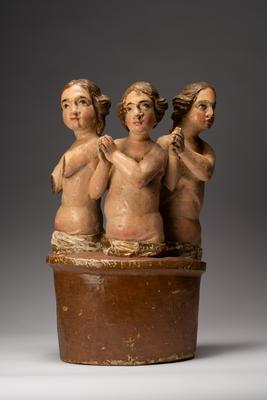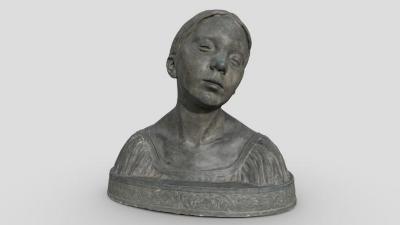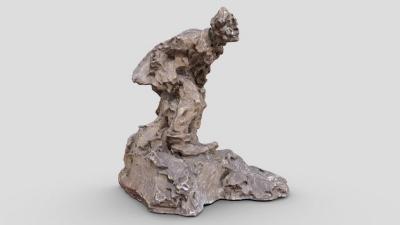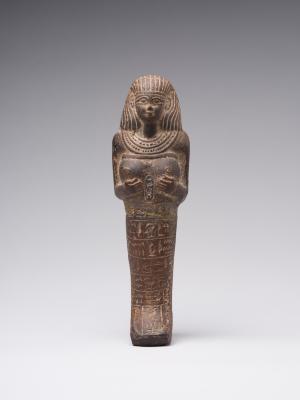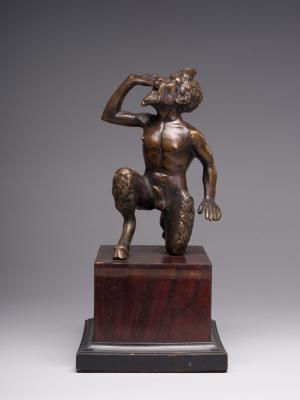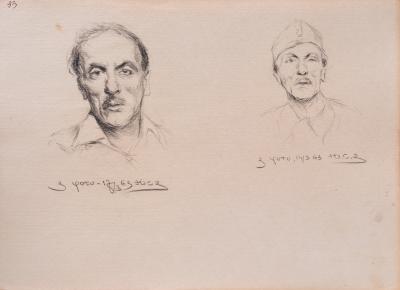Between 1912 and 1913, Kajetan Stefanowicz created five paintings, namely "Fauns", "Space", "Woman and Snake", "Silence", and "Prince and Death"; perhaps they were conceived by him as a series of decorative panels, as evidenced by almost the same (with deviations of several centimetres) cardboard size and visual integrity of their artistic performance, as well as the repetition of compositional techniques and related colours. The principles of decorativism and ornamentation are preserved, as in other works of the artist, perhaps they become even somewhat enhanced; in particular, he stylized natural forms to curvilinear planes, dividing the volumes into small elements, and applied the contour so that sometimes the images became quite difficult to recognize. Among the possible interpretations, a series of these panels can be interpreted as the evolution of sensuality, and development and completion of female feelings. The symbols in these works are intertwined with each other, like lines of secession ornaments.











